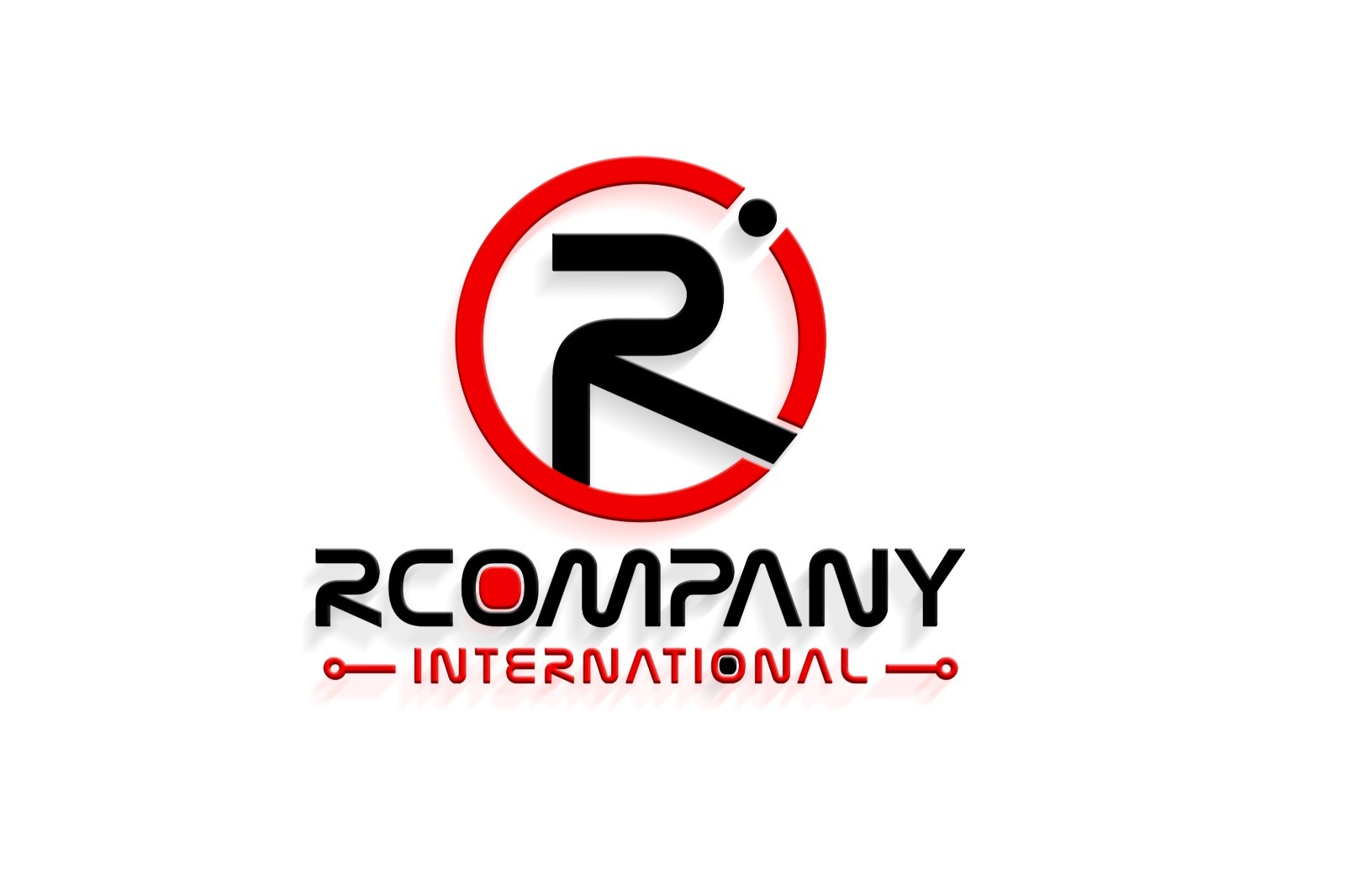If you’ve ever wondered how some websites magically show up at the top of Google while others get buried on page five—spoiler alert—it’s not magic. It’s SEO, or Search Engine Optimization. And if you’re running a business, blog, or online store, mastering SEO is no longer optional. It’s essential.
Let’s break down what SEO is, why it matters, and how you can use it to grow your online presence without needing to be a tech genius.
What Is SEO?
At its core, SEO is the process of improving your website so that search engines like Google can understand it better—and rank it higher when people search for things you offer.
When someone searches for “best coffee shop in Dubai” or “affordable marketing services,” search engines scan millions of web pages to find the most relevant, high-quality results. SEO helps you become one of those results.
It’s not just about keywords anymore. It’s about relevance, user experience, and trust.
Why SEO Still Matters in 2025
Many people focus on paid ads (which are great!), but they often forget about the long-term power of organic search. SEO might take more time, but it builds sustainable visibility and trust.
Here’s why SEO is worth investing in:
- Free traffic – Once you rank well, you get clicks without paying per click.
- Higher credibility – People trust organic results more than ads.
- Better user experience – Good SEO = faster, cleaner, more useful websites.
- Long-term ROI – Unlike ads that stop when your budget runs out, good SEO keeps delivering results.
Key Elements of a Good SEO Strategy
SEO has evolved. It’s no longer about stuffing keywords or buying backlinks. Here are the main components of an effective strategy today:
1. Keyword Research
Find out what your audience is searching for. Tools like Google Keyword Planner, Ubersuggest, or SEMrush can help you discover high-volume, low-competition keywords related to your business.
2. On-Page Optimization
This includes optimizing page titles, meta descriptions, image alt text, internal linking, and using proper headings (H1, H2, H3). Most importantly—your content must be valuable and well-structured.
3. Mobile-Friendly Design
Google now uses mobile-first indexing. If your site isn’t optimized for smartphones, it’s losing visibility.
4. Page Speed
A slow-loading site frustrates users and kills your rankings. Use tools like Google PageSpeed Insights to measure and improve loading times.
5. High-Quality Content
SEO and content go hand in hand. Answer real questions, solve problems, and write in a way that keeps people reading.
6. Backlinks
Links from other trusted websites act as “votes of confidence.” The more high-quality backlinks you have, the better your chances of ranking higher.
Case Study: Local Service, Global Visibility
Business: A boutique digital agency based in Dubai
Challenge: Low website traffic, heavy reliance on paid ads
Goal: Rank organically for “social media agency in Dubai”
What We Did:
- Conducted keyword research and optimized service pages
- Published weekly blog posts answering local marketing questions
- Built backlinks through local directories and guest posts
- Improved mobile performance and website speed
Results in 4 Months:
- Ranked on Page 1 for target keyword
- Organic traffic grew by 220%
- Leads from organic search increased by 3x
- Reduced paid ad budget by 40%
It took time and consistency—but the results were long-lasting and cost-effective.
Final Thoughts
SEO might seem technical, but it’s really about one thing: helping the right people find your website at the right time.
You don’t need to chase every algorithm update. Just focus on creating value, understanding your audience, and building a strong, user-friendly website. With the right strategy and patience, SEO can become your strongest digital asset.
If you’re not already working on your SEO, now’s the time to start. Because the best place to hide a website is still… page two of Google.
